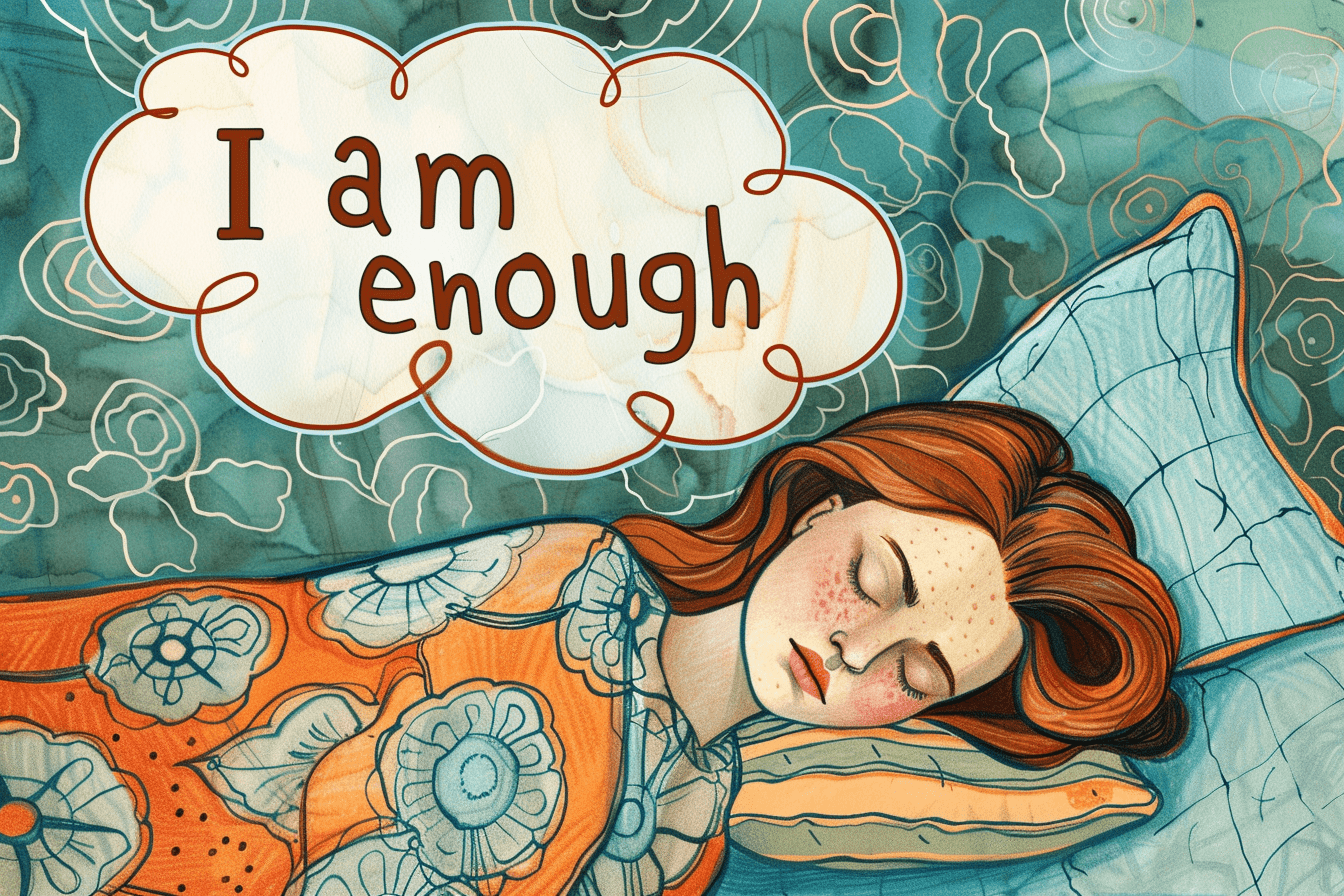Your cart is currently empty!
Sherrie
- Read More: 7 Powerful Ways to Improve Mental Health Through Gratitude Practices —
In our fast-paced, hyper-connected world, mental health challenges like anxiety, stress, and loneliness are on…
- Read More: 7 Inspiring Ways to Build Resilience and Overcome Mental Health Struggles
7 Inspiring Ways to Build Resilience and Overcome Mental Health Struggles Introduction Did you…
- Read More: The Life-Changing Power of Gratitude: 10 Surprising Ways It Can Transform You
In this article, I am going to list 10 ways you can change your life…
- Read More: Manifesting Wealth and Abundance | Law of Attraction, Positive Affirmations, Visualizations & Goal Setting
The Law of Attraction is the key to manifesting anything you desire. Through the use…
- Read More: Positive Affirmations Power: Your Mindset Is Your Gold
Are you looking for a way to get motivated or to find the self-confidence to…










